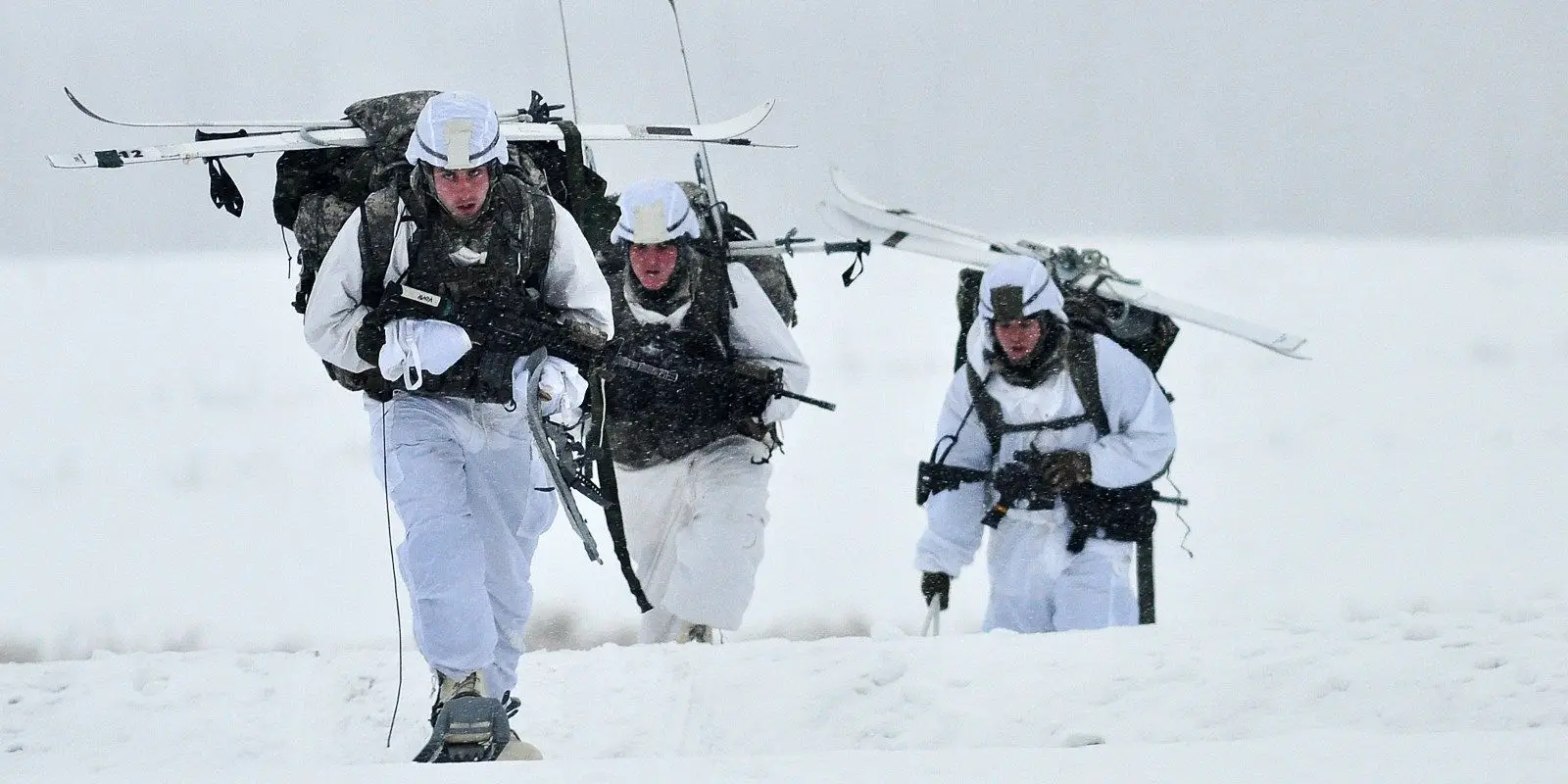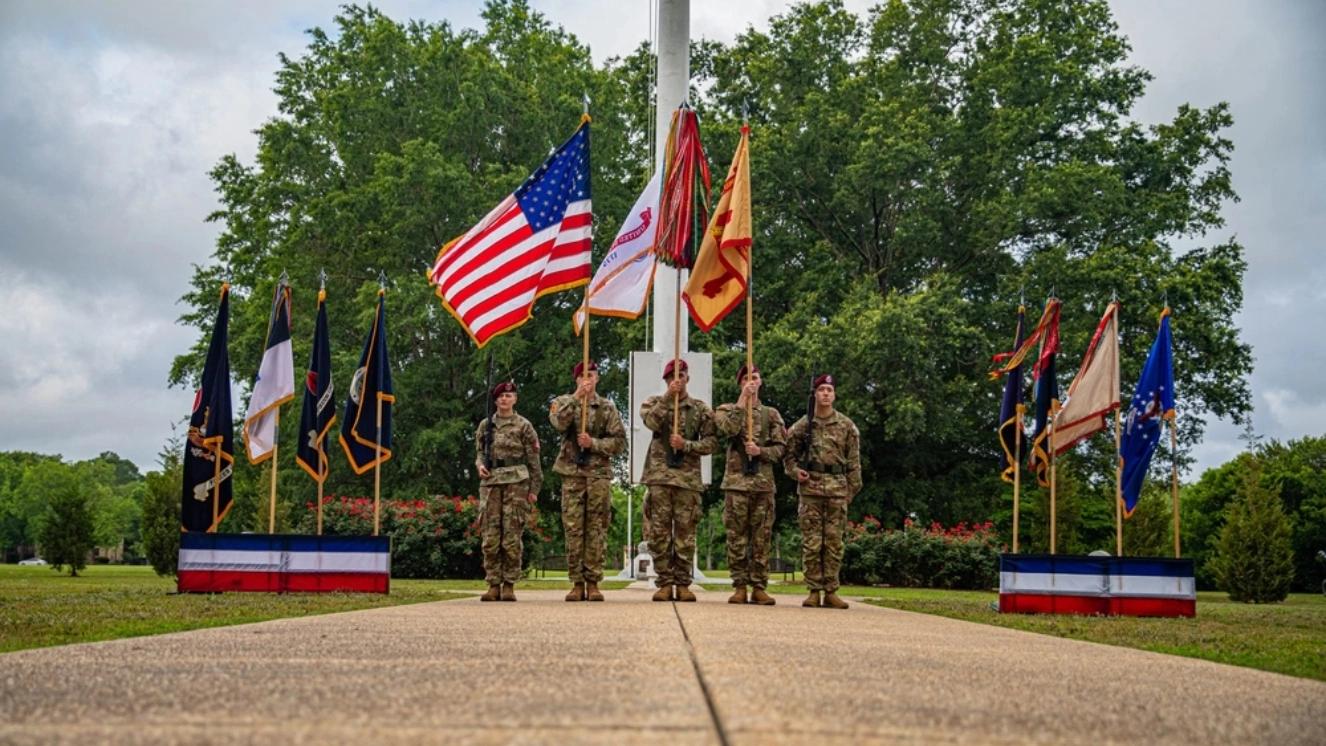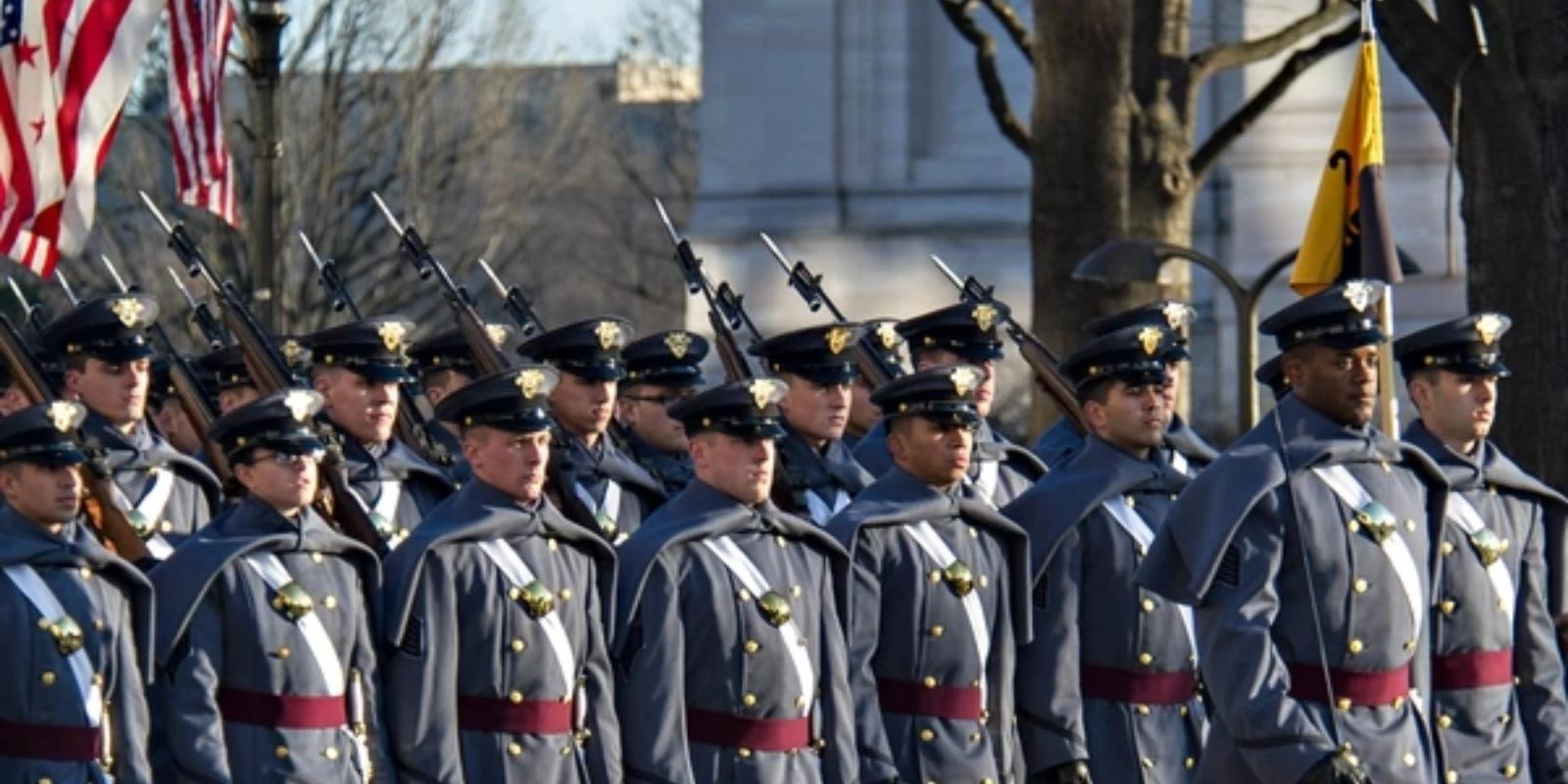ARCTIC ANGELS: THE 11TH AIRBORNE DIVISION RETURNS
By Buddy Blouin

Organization and preparation are two of the main reasons the American Armed Forces continue to be the most dominant military force on the planet. Additionally, warfare is always changing, and to prepare for such changes, the U.S. Army is bringing back the 11th Airborne Division in an attempt to better organize and prepare for arctic warfare. Nicknamed the “Angels,” if you were an enemy finding the members of this Army airborne division descending upon you, a blinding light might be in your future, even if an angelic chorus is replaced by the sound of bullets. Get to know the complicated history and rebirth of this esteemed fighting force.
Does the 11th Airborne Division Still Exist?
Established in 1943, the first run of the 11th Airborne Division would serve through numerous missions in World War II, including in Italy and the Philippines. The 11th Airborne members would return to battle during the Korean War until they were deactivated on June 30, 1958. But the 11th Airborne Division roster would be asked to serve again on February 1, 1963. Instead of liberating Europe or fighting in Asia, the division would be tasked with helping the Army test and research assault tactics using helicopters. Alas, this stint would be short-lived, as the division would be deactivated once again on June 29, 1965. This seemed like the end once and for all for the 11th Airborne, but the Angels have been once again called for duty. The call for an increase in military members prepared for arctic warfare created a need for the 11th Airborne Division to return, and in 2022, this is exactly what we have seen. This is the first time in 70 years that the Army would activate an airborne division. The 11th Airborne Division Activation Ceremony marked the occasion on June 6, with the 1st Brigade being reactivated at Fort Wainwright and the 2nd Brigade at Fort Richardson.A New Arctic Strategy
The Army reactivating the historic airborne unit reaffirms its commitment to Arctic Strategy, a strategy that will prepare Soldiers for fighting in harsh arctic conditions as warfare evolves. Both concerns in the geopolitical arena of global politics and climate change are creating a renewed focus on such tactics, and this reorganization will consolidate around 12,000 Soldiers tasked with training under a single flag. "Wherever you go, you will be the most highly trained, disciplined, and fit Arctic warfighting unit in the world; ready to fight and win. That is what you will do. That is you who are. We are counting on you," said Gen. James C. McConville, Army Chief of Staff. There are many changing landscapes in the Arctic Circle, and Russia and China continue to lay claims to land and sea routes becoming more accessible due to climate change. Natural resources are a point of contention, and this is causing a shift from counterterrorism tactics back to more conventional forms of warfare. In addition to the Arctic Circle, Soldiers are being prepared to face harsh cold environments wherever they are needed. For the better part of the last several decades, American Forces have been focused more on tactics applicable to mountainous and desert environments along with urban warfare to fight against terrorism. The shift where troops may be needed is helping the U.S. Army Airborne Soldiers rethink and revamp their training to be better prepared. “Their focus will be on dismounted and Arctic mobility and capabilities of sustained operation in the Arctic (and) extreme cold weather. In addition, they will (provide) those capabilities in other cold-weather environments,” said 11th Airborne Division Commander Maj. Gen. Brian Eifler.Airborne Army Members Continue a Legacy of Valor
“The 11th Airborne Division has a storied history of valor during World War II in the Pacific and also has a proud history of innovation,” said General McConville. “So we expect them to live up to the legacy… We expect them to be masters of their craft in Arctic warfighting and extreme cold weather and high altitude and terrain. We expect them to develop innovative ways of operating in this environment,” he continued. The Northern Warfare Training Center prepares Soldiers to become arctic experts, and the 11th Airborne Division is ready to take on the challenge set forth before them. Historically speaking, this unit has had its relevance before, only to be discontinued, but the future seems to point to the necessity of such tactics and training. Changing weather patterns are continuing to shift many things in our lives and in the military; it could just mean a different fighting arena.Read next:
JBER Housing: 19 On Base OptionsSHARE:
TAGS:
11th Airborne Division
Arctic Warfare
JOIN OUR NEWSLETTER
Get the latest news and military discounts
Email*
RECENT POSTS



